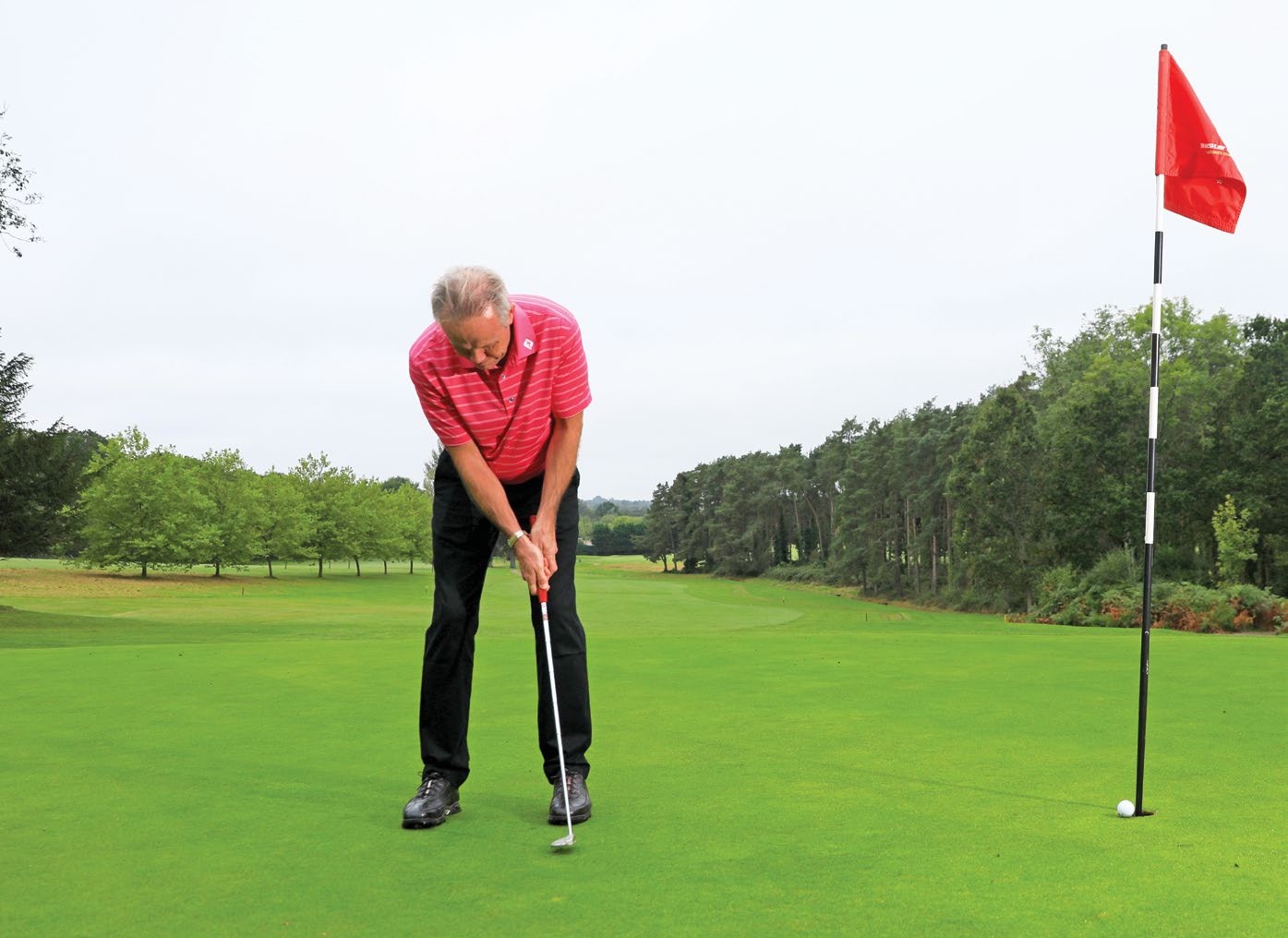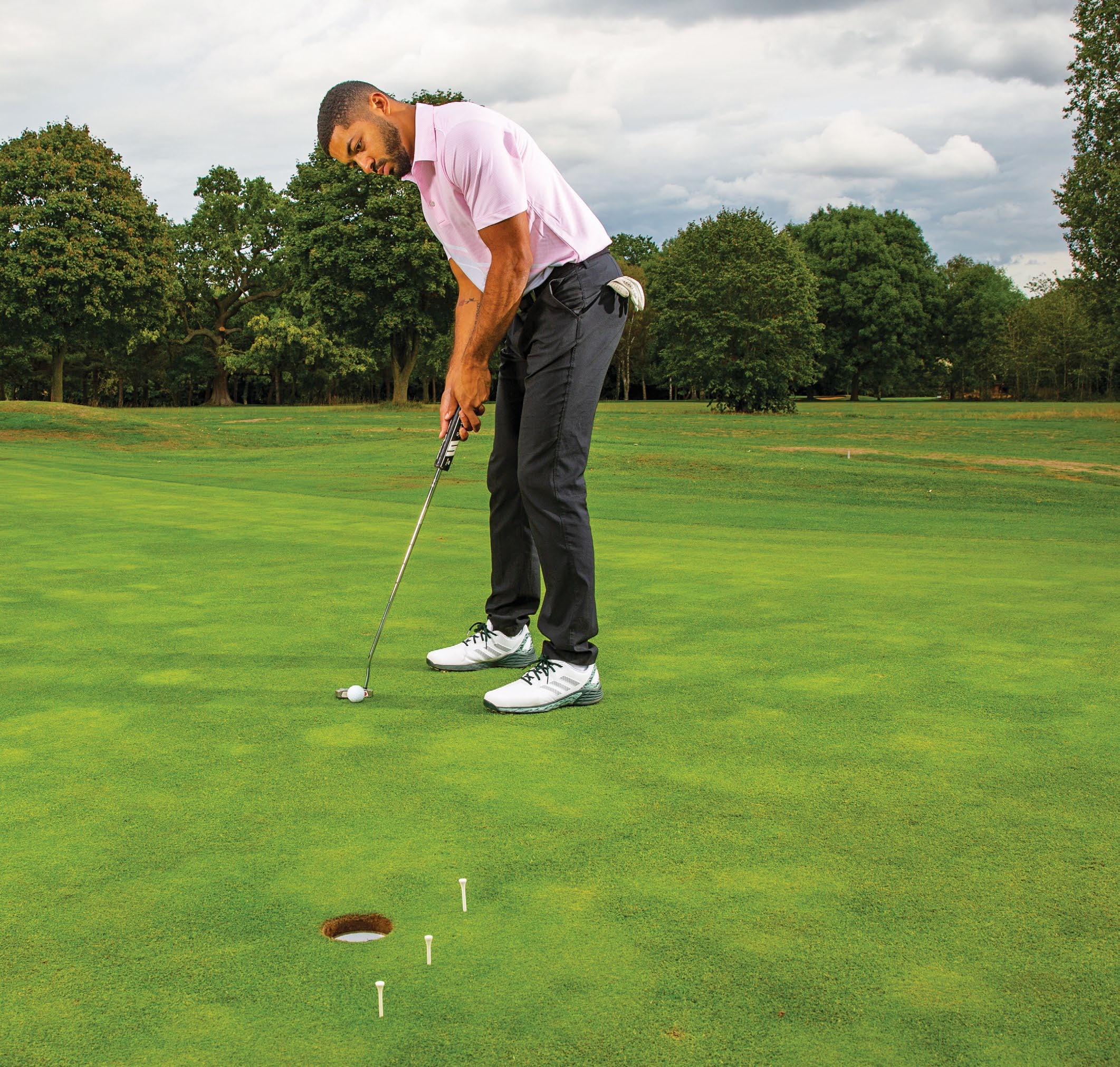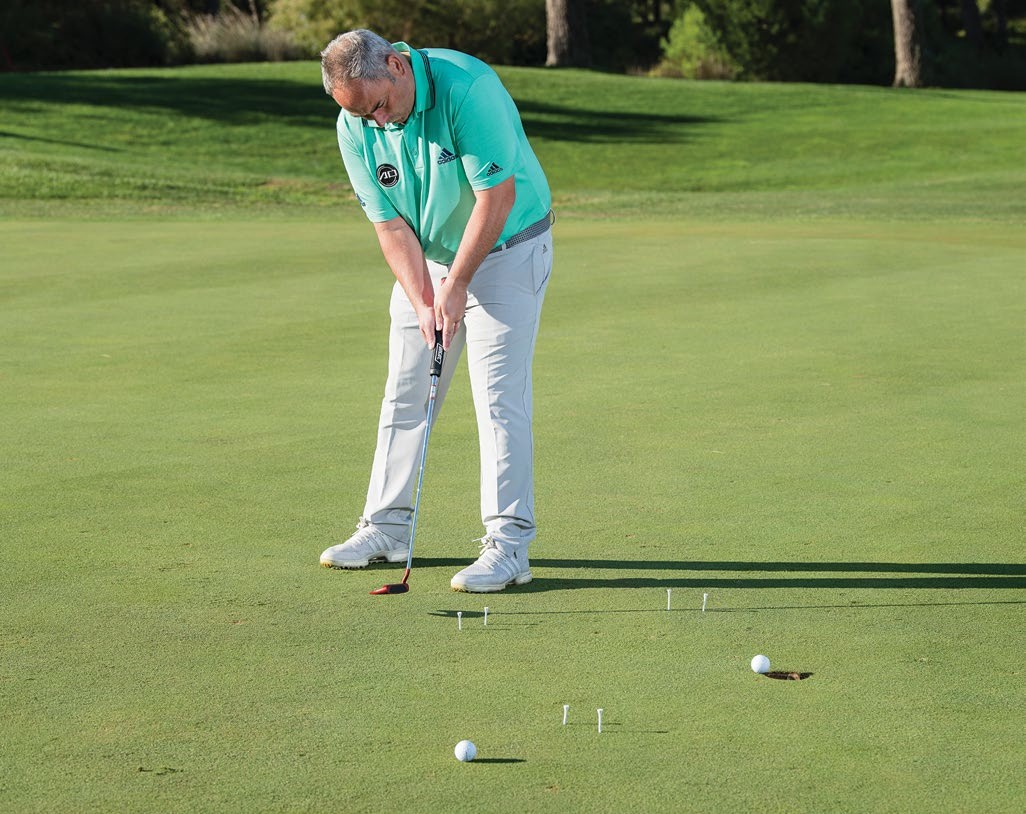I Worked With 20 Expert Coaches To Create The Ultimate Putting Improvement Guide (No.9 Is My New Favourite Drill)
The ultimate putting improvement guide is packed with tips and drills from 20 expert PGA professionals, including my new favourite drill that you have to try...


I think it's fair to say that I've been on a bit of a putting journey recently.
After trying a few of the best putting tips and drills, and undertaking a putting grip experiment to test out some new methods, I decided to explore other avenues in the pursuit of progress on the greens by reaching out to 20 of our expert coaches.
With all the latest tech and innovation around the best putters on the market, including the very interesting new Sausage Golf Boudin Noir, we can be forgiven for expecting all our flatstick frustrations to be solved through a shrewd purchase.
Having a top of the range putter will certainly help, especially if you find the right one for your game, but only when paired with this ultimate expert guide to improving your putting... you're welcome!
Improve Your Putting In Golf With Our Ultimate Expert Guide
01 HEAD STILL WHEN PUTTING
Try and stay as still as possible – not just your head – when you’re putting from inside ten feet, while still making a decent follow-through.
If your head comes up too early, it’s harder to keep the putter on line and your strike will suffer. It’s easier said than done, and if you keep the head too rigid, it can restrict your follow-through.
Subscribe to the Golf Monthly newsletter to stay up to date with all the latest tour news, equipment news, reviews, head-to-heads and buyer’s guides from our team of experienced experts.
02 START PUTTS ON LINE
To hole more putts you must make contact in the middle of the face. Set a tee gate just wider than your putter head, then hit putts trying to miss the tees. This will improve your strike, leading to more holed putts.
03 HOW TO READ LEFT-TO-RIGHT PUTTS
Learning how to read greens in golf is a real skill.
You need to think about where the ball will be entering the hole. On straight putts it will be at 6 o’clock, but on left-to-right putts perhaps 7, 8 or 9 o’clock.
If it’s downhill, you must also factor in the slower roll you need to get a good read – one that allows much more break for the length of putt.
04 MONITOR GRIP PRESSURE
A grip pressure change as you putt can lead to inconsistency. To help, place a ball between your trail forearm and the grip. You’ll feel pressure against your forearm. Look to maintain this during the stroke.

Stay as still as possible over a putt and don't fall into the trap of just focusing on your head
05 ELIMINATE THE PULL
Pulled putts generally stem from a closed face. If your body is bent too far over, it won’t rotate correctly through impact, so stand a little taller and maybe a bit further from the ball and let your arms hang relaxed.
06 LEFT-HAND-LOW PUTTING GRIP
A significant benefit of of the left hand low putting grip is that it gets your shoulders squarer. It’s easy to have your shoulders too open at address, leading to a slight out-to-in path.
The back of the left hand should move straight down the line. A good check is that you should be able to see some of the face at address.
07 ADVANCE PREPARATION ON LONG PUTTS
When you’ve played into the green and left yourself quite a long way from the flag, always take in any information you can as you approach the putting surface. Start by checking where the natural slopes are on the green and its surrounds.
Use your feet to pace the green and get a feel. It’s also a good idea to get a read from behind the hole back to the ball as you walk past the flag to where you’ll be leaving your clubs.
08 UNDERSTANDING PACE ON GREENS
The perfect putting technique matches up the length of your backswing and follow-through.
Taking too big a backswing and then quitting as you go through the hitting area is a common mistake among those who struggle on long-range putts. Also, observe how far the ball is rolling on the practice green before play.
09 HOW HARD TO HIT SHORT PUTTS
This comes down to personal preference, but try this drill to add confidence. Set up a breaking 5ft putt with three tees, as in the image below.
The idea is to hole three putts from the same spot, but at three different speeds: one slow to take all the break; one mid-pace to take out some of the break; and one at pace, taking out all of the break.

This drill will improve your confidence over short putts and help you to hole out when it counts on the course
10 DRAW A LINE ON THE BALL
Once your ball is marked up, you can use the line for any putt inside 15ft. Aim the line at the point where you see the break and if your putter has a line marking the sweetspot, just marry the two up.
11 FIND YOUR START LINE
Find a breaking 20ft putt and map the break as you see it by placing balls down every few feet.
Once you’ve plotted the break, knock the balls away and put a tee where the first ball was. Hit some putts starting just outside the tee, then analyse how good your read was. Adjust until you’re confident you have nailed your start line.
12 COMPETITIVE PRACTICE
Mark out a putter’s length from the hole and try to make 25 consecutive putts. The nearer you get to the magic 25, the harder it gets. Great practice for when you face a nervy three-footer for real!
13 FACTOR IN THE WIND
Factoring in the elements when putting is just as important as calculating distance in the wind when hitting tee shots or approaches into the green.
It may sound obvious but downwind putts require you to take some speed off while those into the wind need to be hit with more pace than usual to reach the hole. Side winds are a bit trickier.
A 20mph side wind creates about 6ins more break than on a calm day, so don’t forget to compensate in your read.

Don't forget to factor in the wind when putting - it can have a huge impact.
14 TOWEL DRILL
In practice, put a towel under your arms as demonstrated in the image below. Swing back and through, aiming to keep the towel in place throughout the stroke.
Better connection between your arms and body will result in better putts, and this drill is a very simple and cost-effective way to help fire up the flat-stick.
15 DISTANCE CONTROL
Set alignment sticks down three feet apart like a train track 10ft away from you. Your putts must finish within the boundaries of the tracks.
Hit your first putt and then try to hit the next one slightly past, and the third slightly beyond the second and so on. Start again if you fail in this objective and see how many you can get in a row.
16 STOP PUSHING PUTTS
One key concept in putting is that of a clubface opening and closing during the stroke as depicted by the black line on this arc trainer.
If you are pushing your putts, it is likely that the putter face is too open at points in the stroke. Use an arc trainer to check your clubface at set-up and then allow it to close through impact.
17 EYE POSITION
Take your normal set-up, then hang your putter down from your left eye. It should be directly over the ball.
This will show if your eyes are in the correct position – something that will help you start putts on line. Don’t worry about looking strange in practice – you’ll have the last laugh on the course.
18 MAKE MORE THREE-FOOTERS
Club golfers can really struggle from this range but this fantastic drill will help you hole more short putts, especially those with break.
Mark a small gate for the ball to pass through, as here – it will help you focus on the start line so it becomes part of your process. Having this focus will prevent you from peeking at the hole too early.

Making three-foot putts more often than not can drastically improve your handicap and help you to shoot lower scores
19 ATHLETIC POSTURE
Many players get too 'relaxed' at address to deliver the putter correctly. Take an athletic posture - bum out, back straight, bend at the hips, flex your knees and let your arms hang naturally.
20 READING A TWO-TIER PUTT
Pick an aim point. A lot of amateurs don’t do this, or if they do, it won’t be high enough.
Try splitting the putt into two halves, then read the top half first and judge the pace to where the slope is so you have your aim point. You want the ball to be running out of steam at this point, with the speed then increasing as it rolls down the slope.
How Should I Grip The Putter?
The answer to this question is... it depends. That's not very helpful, I know, but it's the truth. When learning how to grip a putter there are many different methods - and you should give them all a try in order to find the one that works for you.
Some of the world's best players use the claw grip for putting, while other prefer to go left hand low. I use the conventional right below left style, but I have also used each of the two mentioned above at times in search of putting perfection.

Baz joined Golf Monthly in January 2024, and now leads the instruction section across all platforms - including print and digital. Working closely with Golf Monthly's Top 50 Coaches, he aims to curate and share useful tips on every aspect of the game - helping amateurs of all abilities to play better golf. Baz also contributes weekly to the features section, sharing his thoughts on the game we love and the topics that matter most. A member at Sand Moor Golf Club in Leeds, he looks forward to getting out on the course at least once a week in the pursuit of a respectable handicap.
Baz is currently playing:
Driver: Benross Delta XT
3-Wood: Benross Delta XT
Hybrid: TaylorMade Stealth 4 Hybrid
Irons: Benross Delta XT 5-PW
Wedges: TaylorMade RAC 60, Callaway Jaws MD5 54
Putter: TaylorMade Spider Tour
You must confirm your public display name before commenting
Please logout and then login again, you will then be prompted to enter your display name.